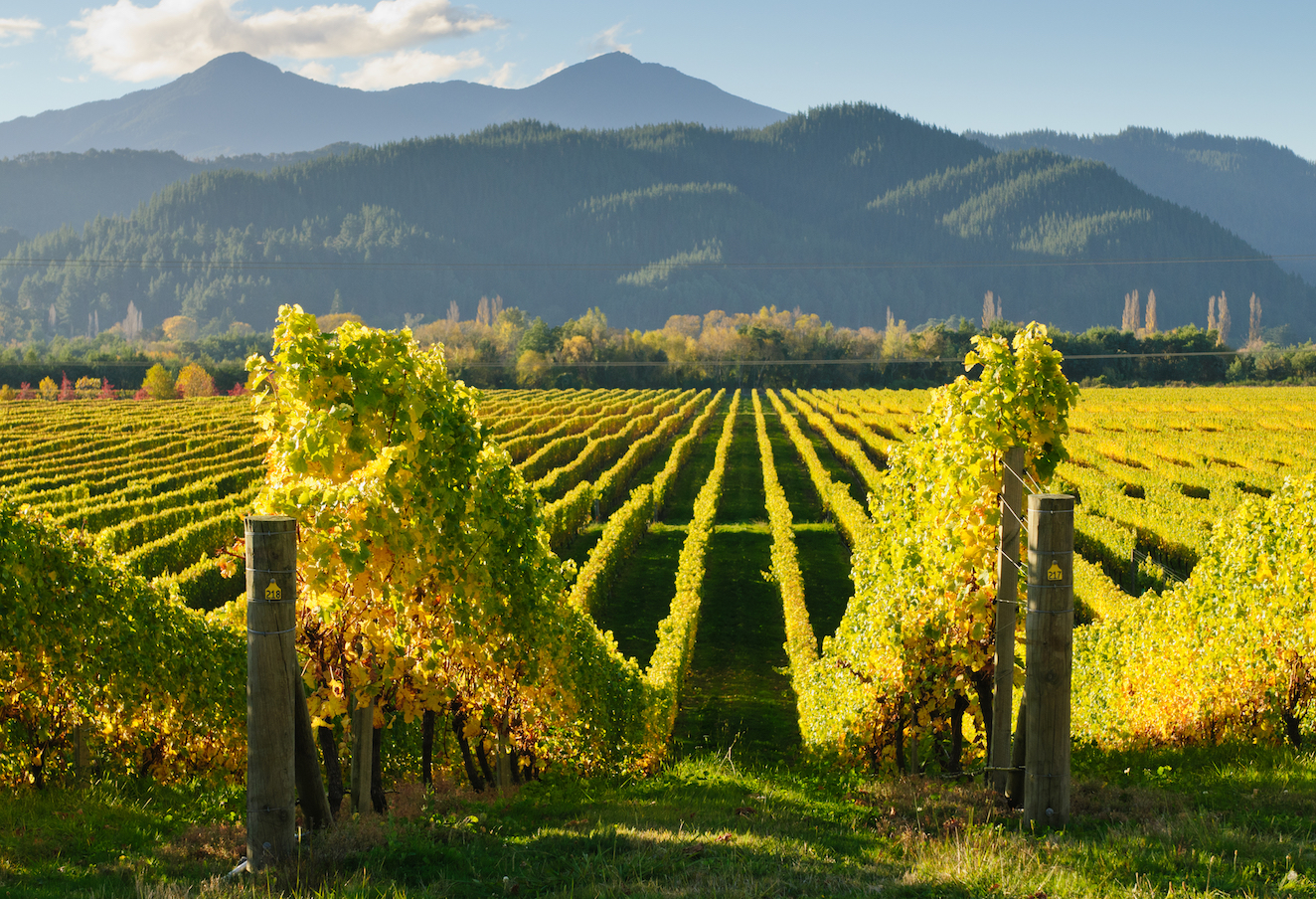
Agriculture and social hierarchies usually evolve simultaneously
As human society has evolved, our cultures have become increasingly hierarchical. It has been a long-standing debate in the field of cultural evolution as to how this change has occurred. Some scientists believe that material changes to a society’s resources or subsistence strategies led to our societies becoming more hierarchical, while others believe that hierarchy is the cause – rather than result – of these changes. For many, the answer lies between these two extremes.
To further explore these differing theories, researchers from the Max Planck Institute for the Science of Human History and the University of Auckland have published the results of a new study in PNAS, in which they examined 155 Austronesian societies. These societies ranged from Madagascar to Easter Island and Taiwan to New Zealand. The social stratification and agricultural practices of these societies were also diverse, with societies ranging from egalitarian to rigidly stratified, and agricultural systems ranging from the least intensive to the most intensive in the pre-modern world.
“The Pacific is an ideal setting to test these ideas,” says senior author Quentin Atkinson, of the Max Planck Institute for the Science of Human History and the University of Auckland. “It’s like a giant natural experiment with populations spread across hundreds of islands with different political institutions and modes of subsistence. And we know the cultural ancestry of these populations because it is encoded in the languages they speak.”
The study’s results showed that there was not a simple causal connection between changes in a society’s mode of agriculture and increasing hierarchy. In many cases, agricultural intensification did tend to coevolve with sociopolitical hierarchy, but in other cases, the two appeared independent of each other. Furthermore, when both traits did appear, intensive agriculture didn’t always come first.
“There’s a widely held view that material changes to the environment drive social evolution and not the reverse,” says Atkinson. “Our findings challenge that view and show that the causal arrow actually goes both ways.”
Their findings suggest that hierarchy and agricultural intensification promoted each other, and may be part of a feedback loop that also involves population growth. Because of this, social and political factors could be among the most important drivers of cultural evolution, rather than secondary to the process.
—
By Connor Ertz, Earth.com Staff Writer













